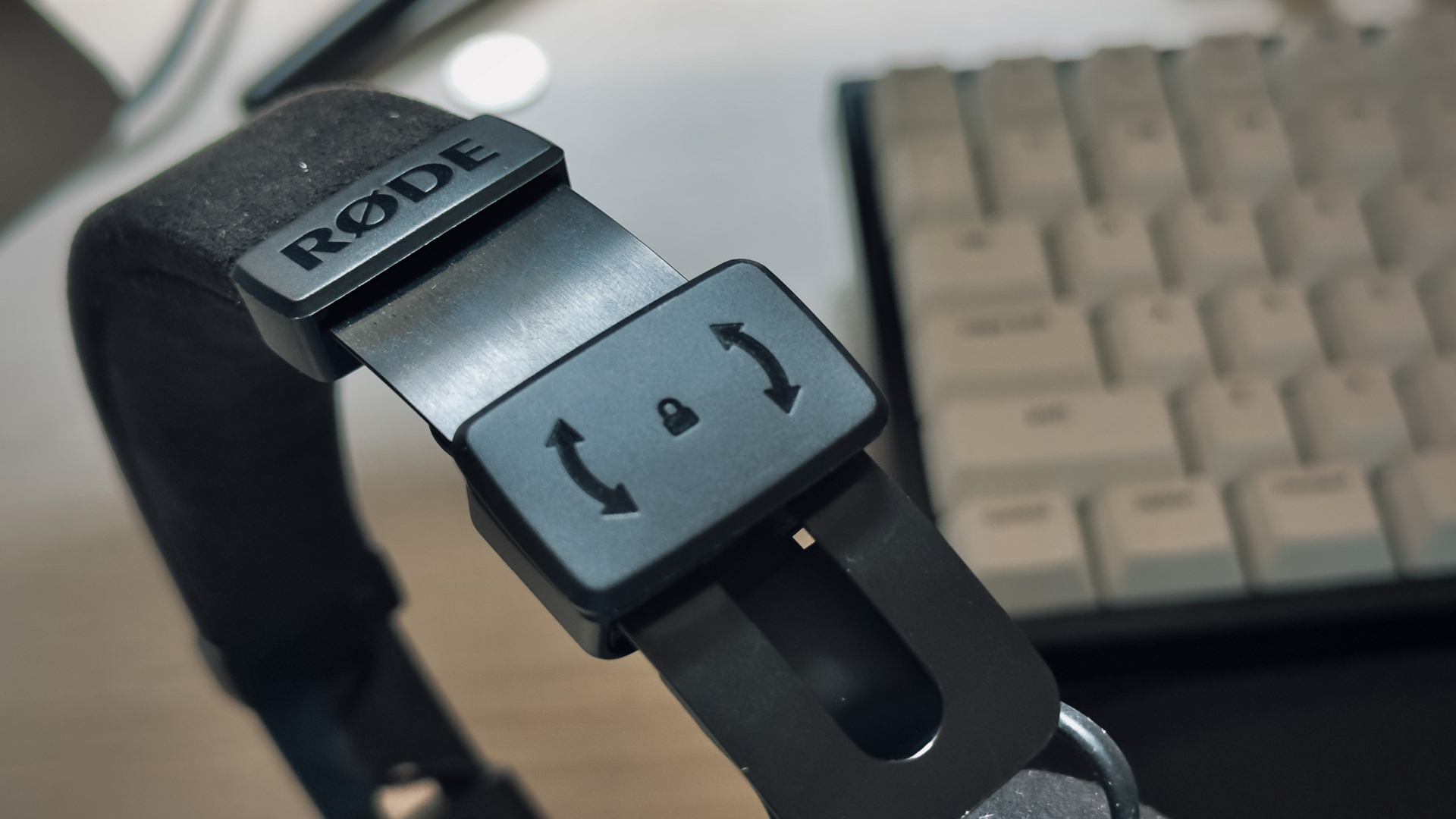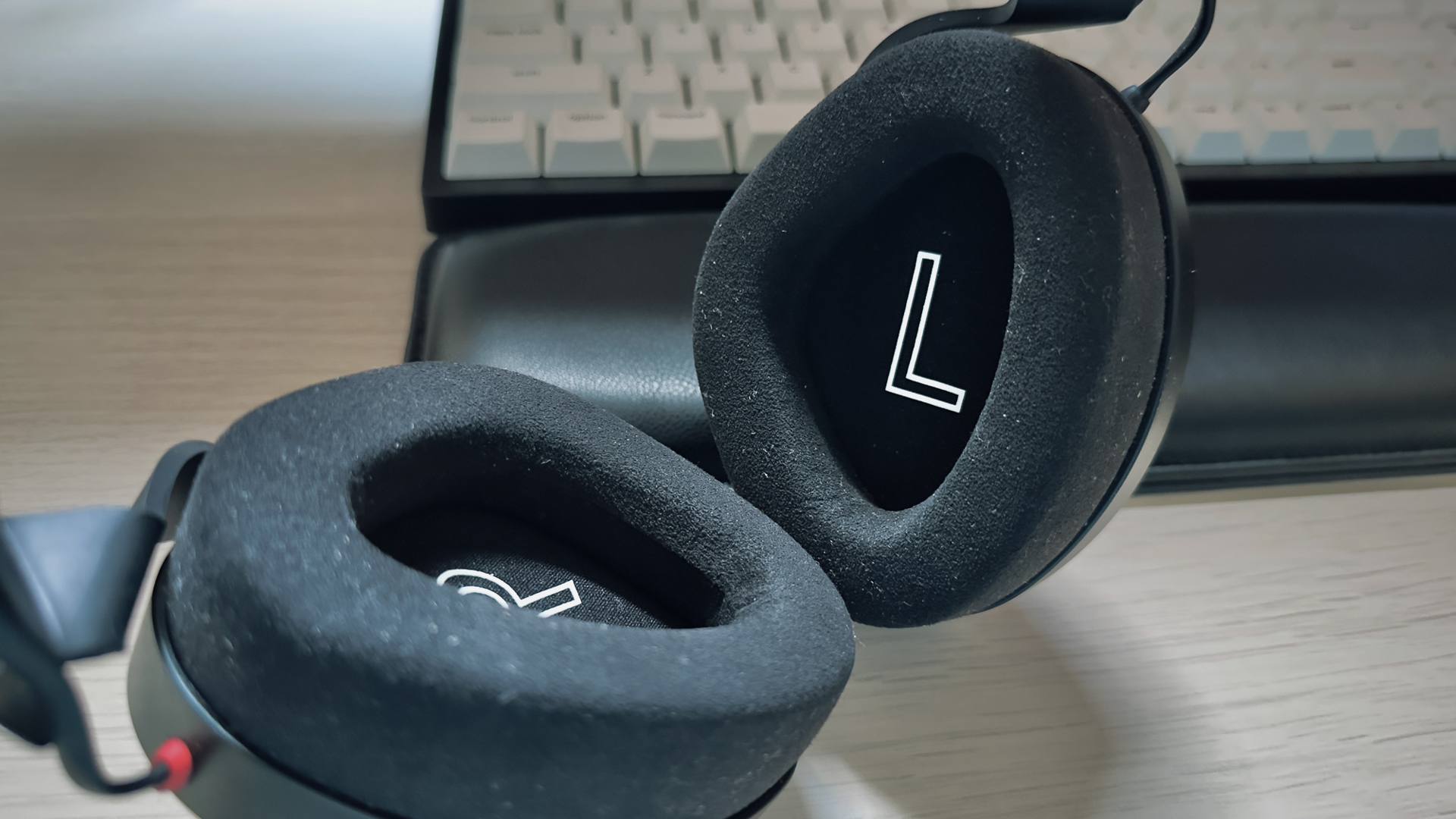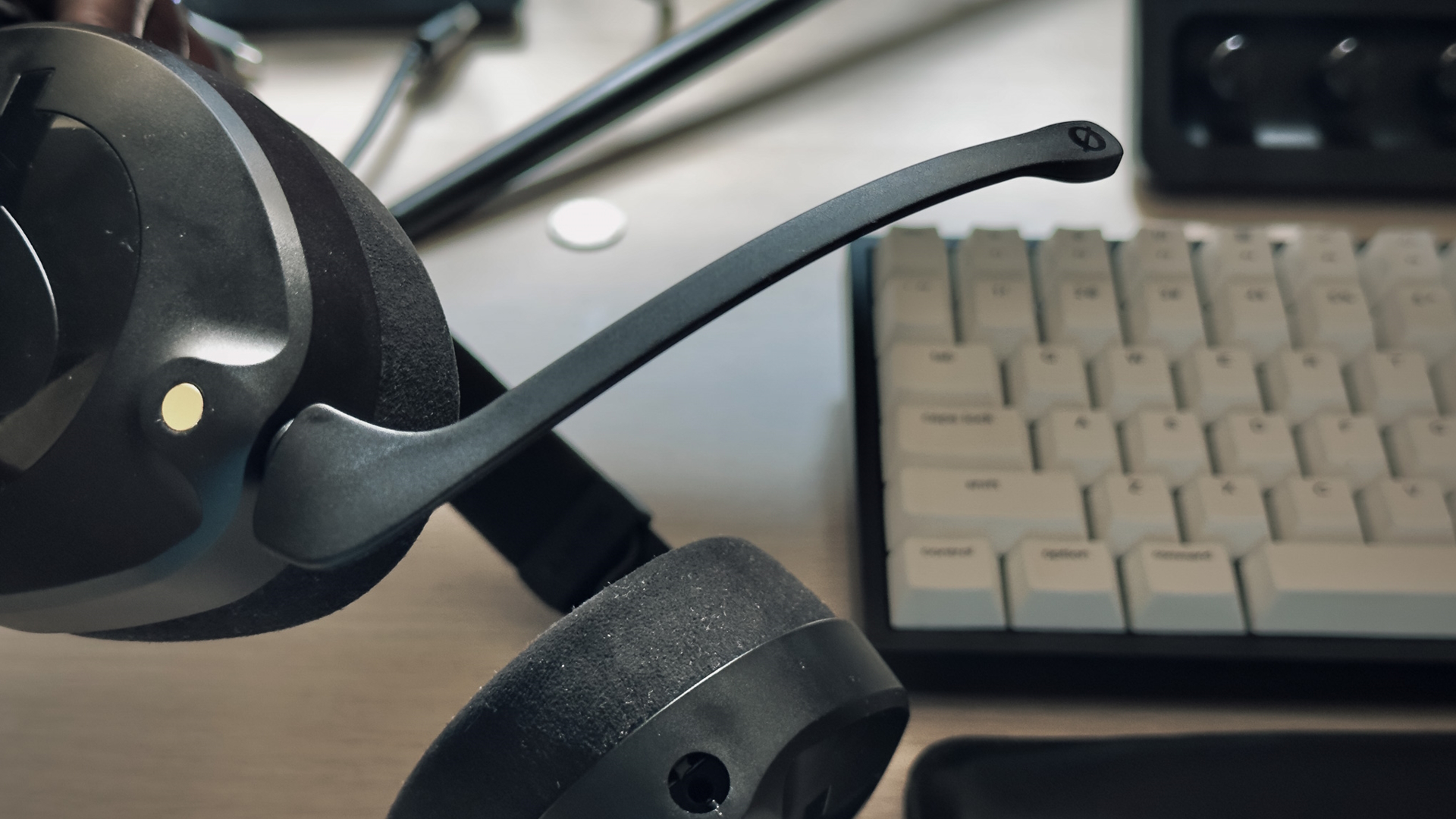Our Verdict
The Rode NTH-100M is a fantastic sounding headset that is elevated even further by the addition of a surprisingly great microphone, though the price is beaten out by some stiff competition.
For
- Fantastic all round sound
- Impressive detachable boom mic
- Very comfortable
- Super long cables
Against
- Boom mic can't be adjusted
- CoolGel isn't all that cool
- Ear cup fabric is a lint magnet
PC Gamer's got your back
Aussie company Rode is well-known in the audio industry, and the Rode NTH-100M is its first shot at the headset space. Considering that, boy, is it a good one. The NTH-100M is a $199/£215, closed-back headset aimed at professional audiophiles—streamers, podcasters and content creators included—looking for masterful audio and a detachable 'broadcast-grade' microphone.
The NTH-100M's design is sleek and elegant, with a professional look that made me look oh-so-snazzy on stream. The headset is made with premium materials such as stainless steel, Alcantara fabric, and durable plastics. At the moment, it is only available in black, but it is possible that we will see more gaming-oriented designs from Rode's new gaming division in the future. Pair the wonderfully soft Alcantara fabric with super plush, memory foam ear cushions and I was in heaven sliding this headset on.
Though, I will say the ear cups are lint magnets.
The Fitlock adjustment system of the headband is one of the most unique features, with a lock on each side that can be twisted to release, so you can adjust the sliders to your desired fit. Twist them anti-clockwise to lock into place and you never have to worry about the band coming loose over time. Each ear cup has a 3.5mm jack port which can be used interchangeably to suit your setup. The provided cable is extremely long—2.4m to be exact —and uses a locking mechanism to ensure it won’t get yanked out when you jump up in a fit of gamer rage.
The NTH-100M provides limited passive sound isolation, which helps drown out some of the background noise, though it wouldn't do much in a noisy environment. That said, since this is a headset meant for content creation, any space that you're going to be recording in should be pretty quiet anyway. Essentially, Rode hasn't hiked the price up with unnecessary features.
As for the audio quality, it has a surprisingly wide soundstage and excellent imaging. The sound signature leans on the warm side with powerful bass that's expertly balanced with warm midtones and crystal clear highs. The frequency response is 5Hz – 35KHz: a darn sight wider than most gaming headsets which tend to sit around the 20Hz – 20KHz region. It only requires 32 Ohms, making it suitable for use with consoles as well.
In games such as Call of Duty: Warzone, the NTH-100M provides an excellent sound spectrum with excellent positioning and clarity. In open-world titles such as Horizon Forbidden West, you can hear all the detailed sounds of animals scuttling in the bushes, or the distant rumble of a Tallneck doing its rounds. Explosions, gunshots, and the like are suitably bombastic thanks to the bass, but it never overwhelms subtler audio cues like a reload or footstep.
When listening to music, the NTH-100M has been an excellent choice among my many headsets. From huge orchestral set pieces, to Hip-hop, and even the odd bit of trap, it makes everything sound smooth, without exaggeration or distortion. It is clean audio all the way and one of the best-sounding headphones available.



As for mic input quality, it's shockingly good.
The NTH-100M's detachable microphone is a sturdy, slim plastic attachment that fits in the right ear cup which Rode claims is the most optimal placement near your mouth. The microphone can only fit in the right ear cup by design, and has zero flex for adjustment which might be a challenge depending on your face shape. The microphone uses the same twist and lock mechanism as the cables—lots of locking going on here, Rode has gone hard on that. And it does remain firmly attached to the headset, so no worries there.
As for mic input quality, it's shockingly good, especially when you look at how small the mic is compared to the likes of, say, the Epos H6PRO. The attachment produces great audio quality, with no hints of compression or tinniness that often come with detachable microphones.
The voice reproduction is natural and clean, without any typical compression or background hiss. It is, quite frankly, the best detachable microphone I've used. I'd say it even rivals some USB microphones. You will definitely sound good on stream and game chat.
With incredible input and output, and immense comfort to boot, the Rode NTH-100M would be well placed against some of the best gaming headsets out there, though the premium price is the real drawback here. When you can now get the similarly great sounding Beyerdynamic MMX 100 with its own fantastic mic for under $100, you have to ask yourself what that extra $99+ is going toward with the Rode NTH-100M.
There’s no doubt this is a well made, premium headset with a truly professional design going for it. As Rode's debut headset, it's certainly a commendable one. The only compromise here is going to be between you and your wallet.
The Rode NTH-100M is a fantastic sounding headset that is elevated even further by the addition of a surprisingly great microphone, though the price is beaten out by some stiff competition.
Kizzy is the consummate geek, with black turtleneck design sensibilities, always on the hunt for the latest, greatest, and sexiest tech. He's played Doom on the OG Pentium and still remembers how to hack a dial-a-phone. After four decades of being crazy about tech, he's literally just getting started. It's the age of the geek, baby!



